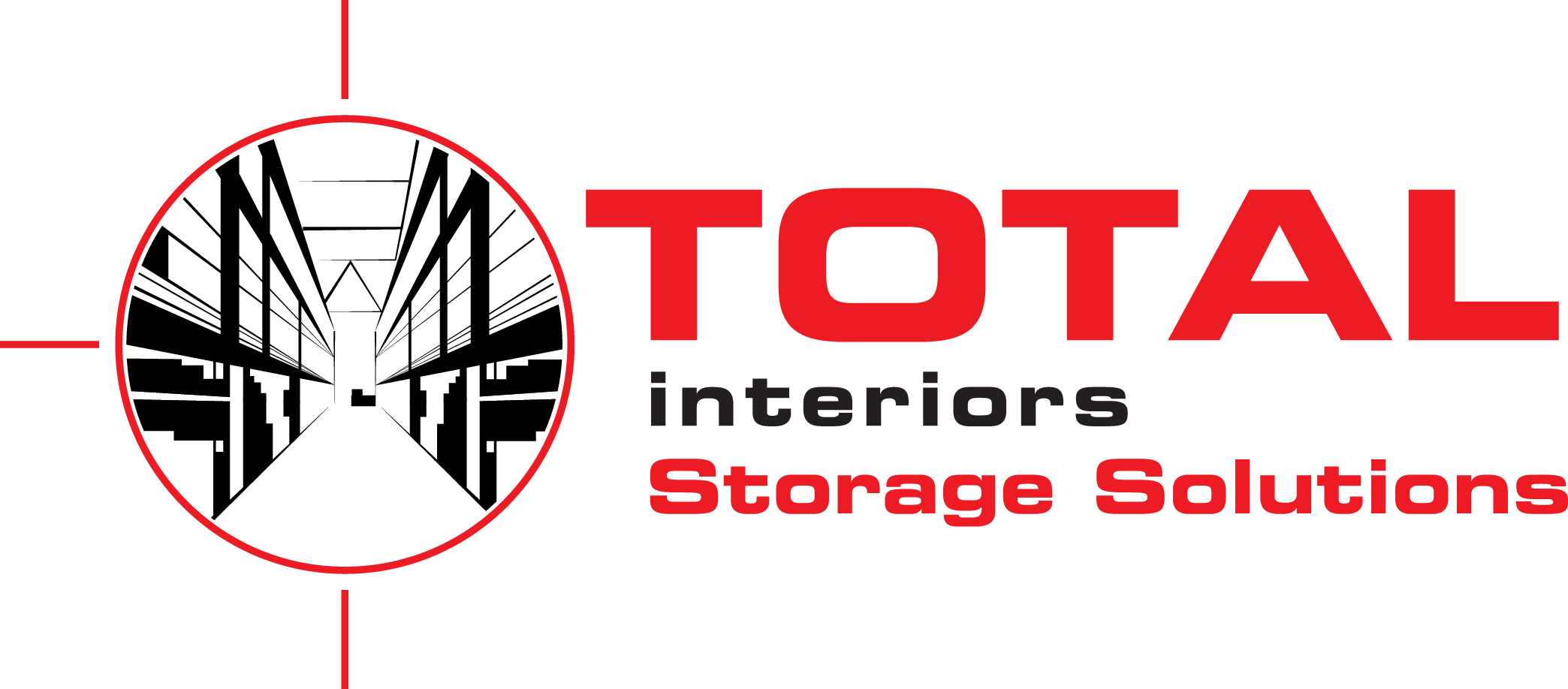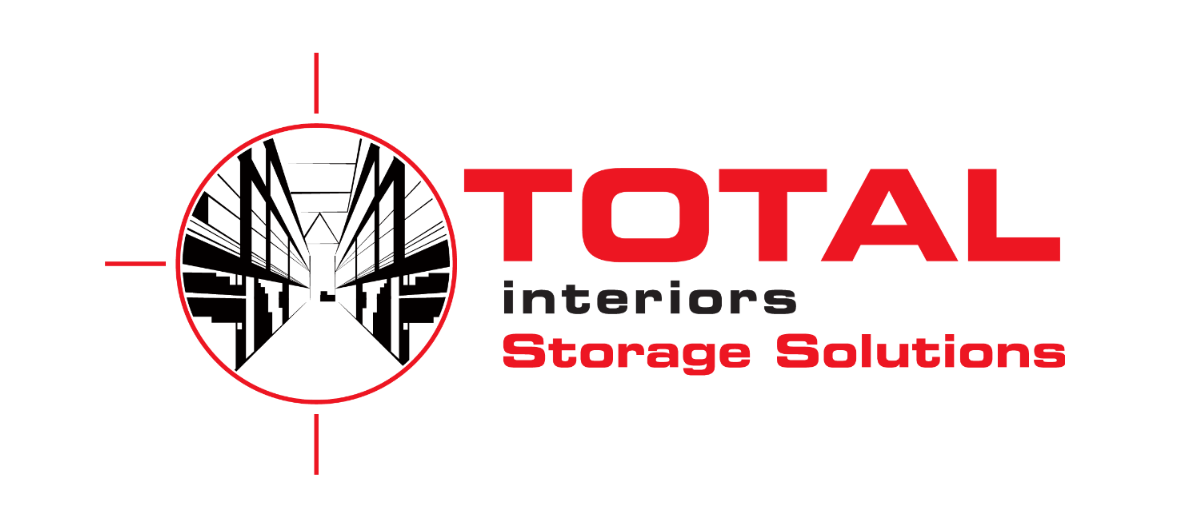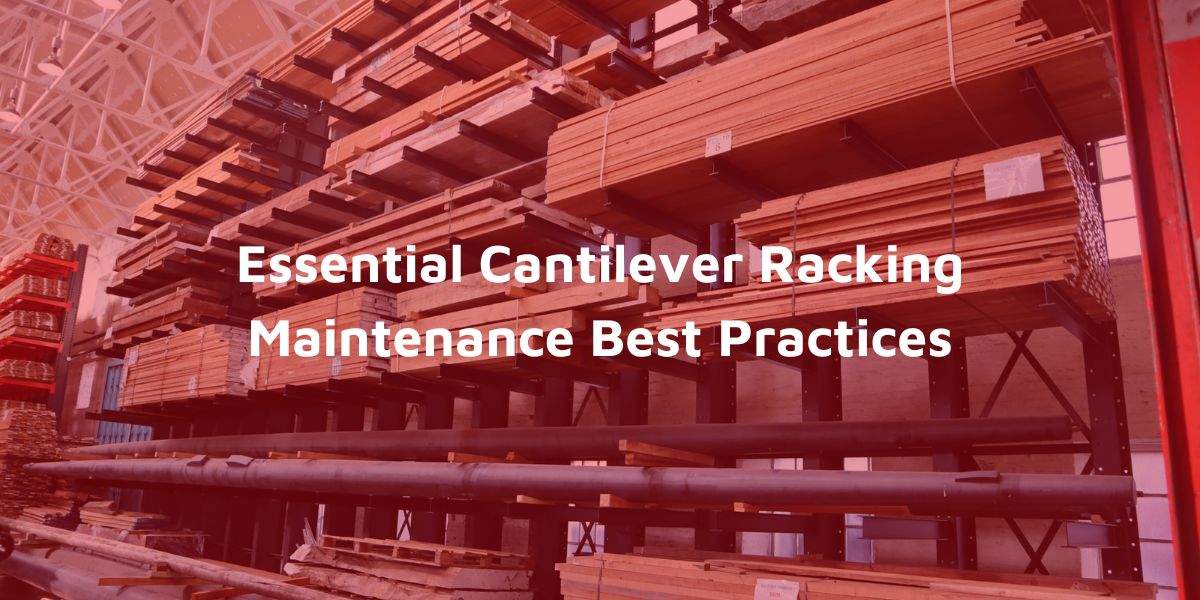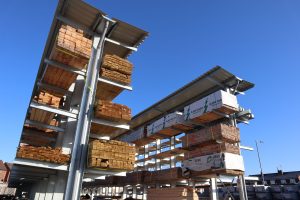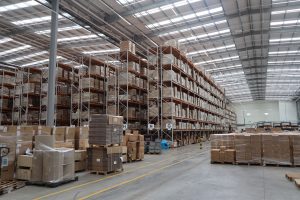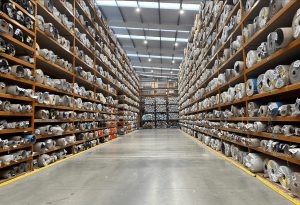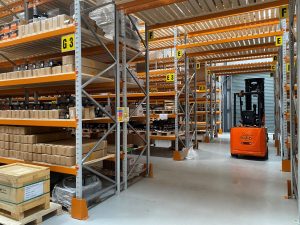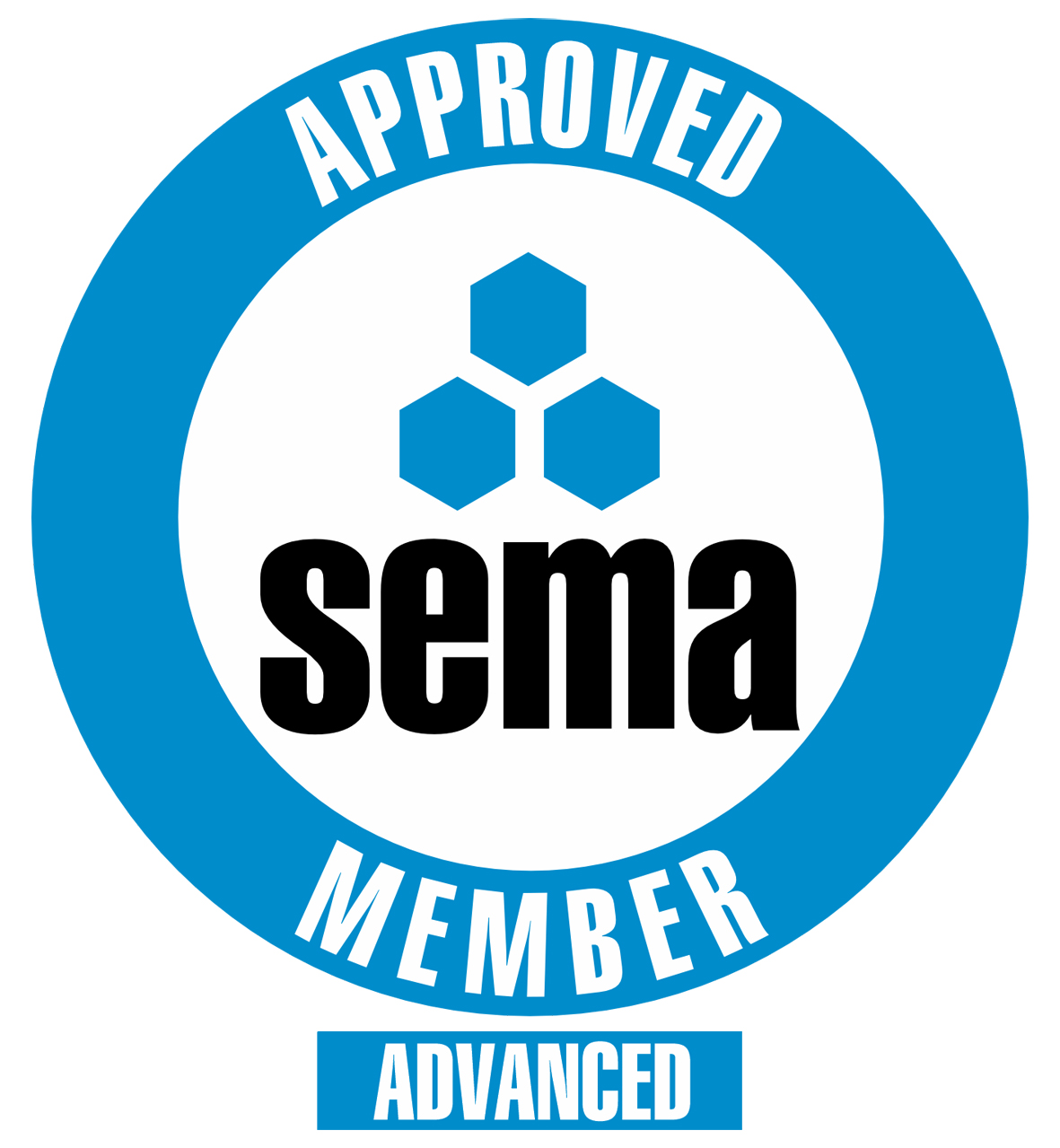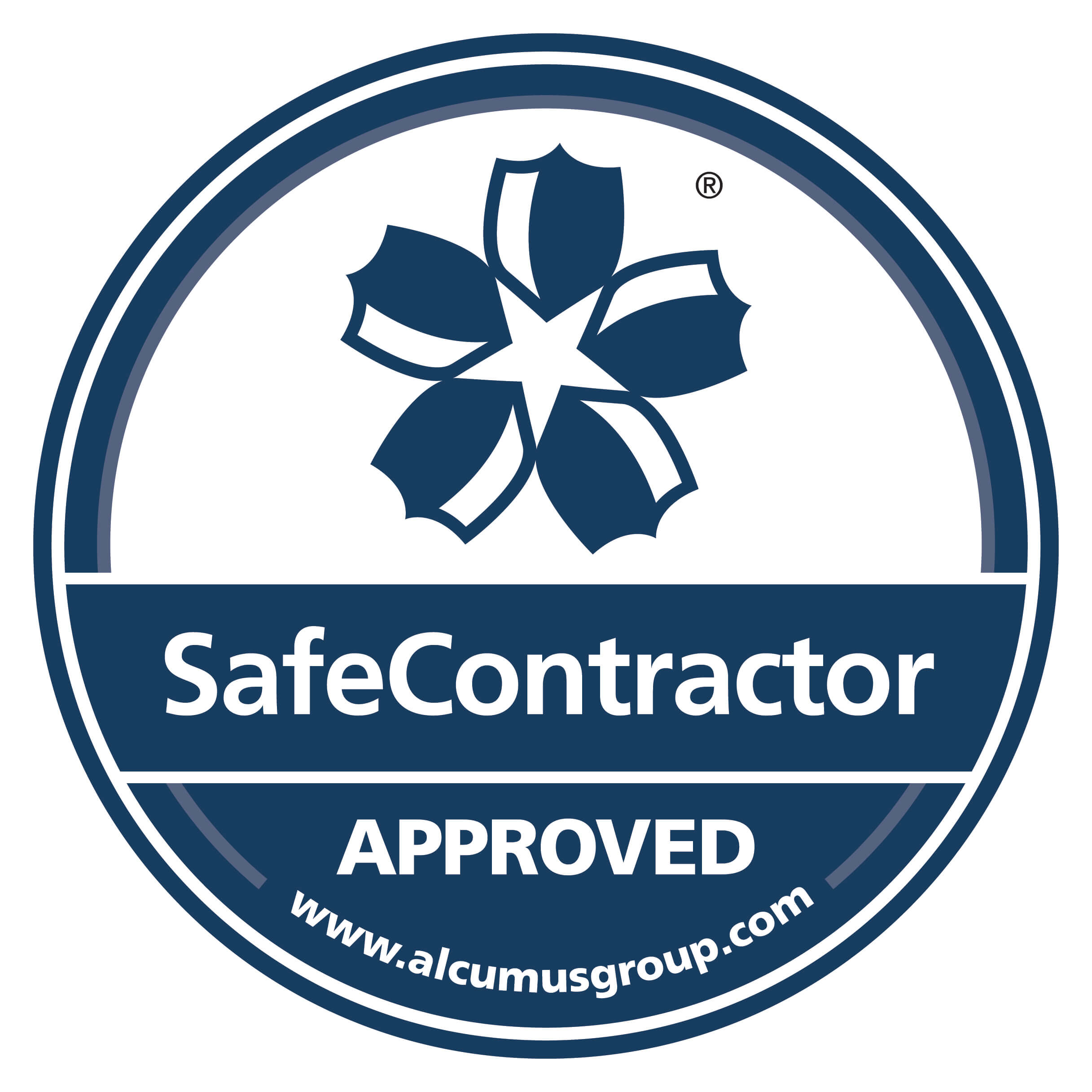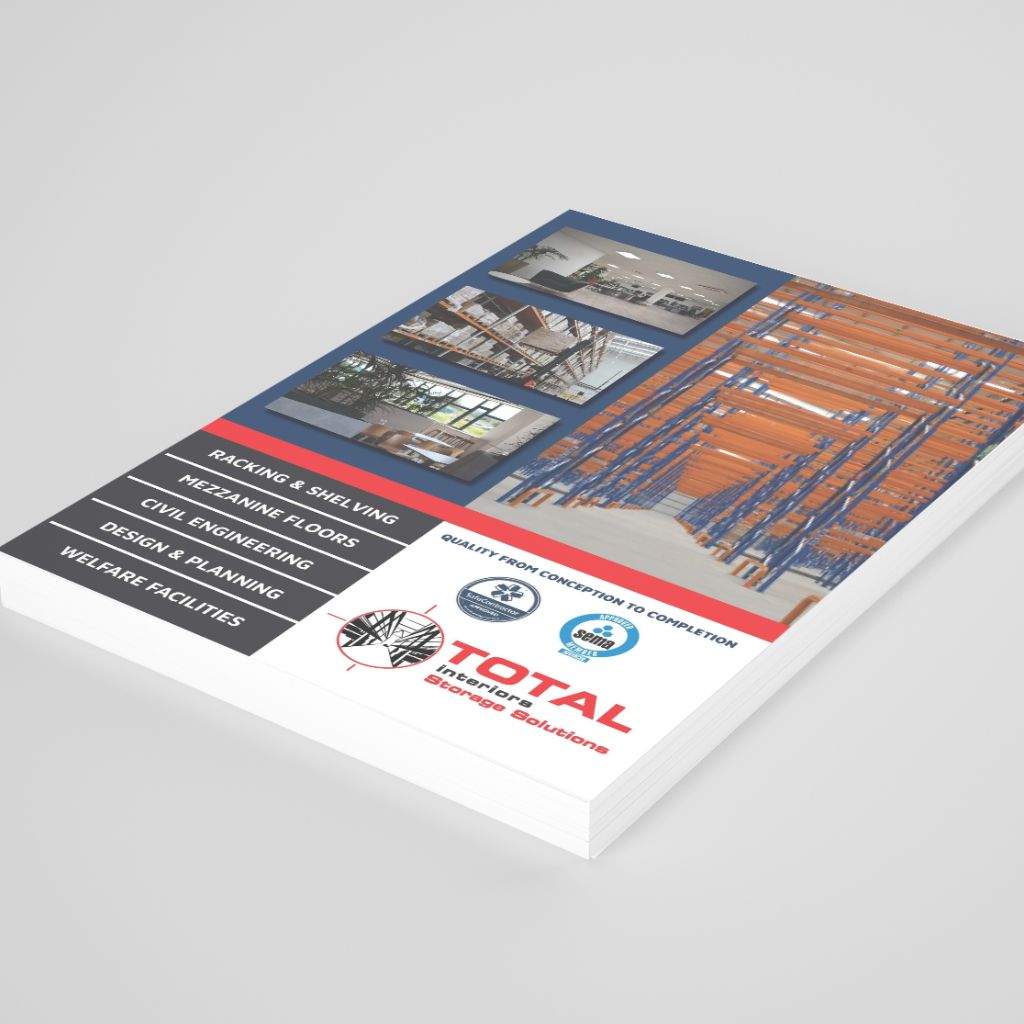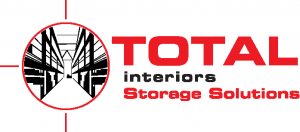Introduction
Cantilever racking systems are a cornerstone in the world of warehouse storage solutions, prized for their strength, flexibility, and ability to store long, bulky items like timber, pipes, and sheets.
However, like any significant investment, they require regular maintenance to ensure their longevity and safety.
In this blog post, we’ll dive into the best practices for cantilever racking maintenance, focusing on preventive measures to help you avoid common maintenance issues. We’ll cover everything from routine inspections to the specific steps for cantilever racking repairs, all aimed at helping you maintain a robust and reliable storage system.
Understanding Cantilever Racking Systems
Cantilever racks are uniquely designed to handle loads that are too unwieldy for traditional pallet racking systems. They are characterised by their open fronts without columns, allowing for easier loading and unloading of long materials. However, this design also demands careful handling and regular maintenance to prevent structural wear and tear.
Routine Cantilever Racks Inspection
1. Daily Visual Checks
Daily inspections should be a staple in your maintenance routine. Look out for obvious signs of distress such as bent arms, loose or missing bolts, and any form of corrosion. These checks can be performed by your on-site staff and do not typically require specialised training.
2. Detailed Monthly Inspections
Once a month, a more detailed inspection should be carried out by staff trained to recognise less obvious faults. This should include checking for alignment issues, examining load-bearing points for wear, and ensuring that all hardware is tight and intact.
It is advisable to have your cantilever racking systems inspected at least once a year by a professional, such as a Rack Inspector. These experts can identify potential problems that may not be obvious to untrained eyes and can help you address them before they escalate into major issues.
Preventive Maintenance Tips
1. Proper Installation
Ensure that your cantilever racks are installed according to the manufacturer’s guidelines. Incorrect installation can lead to premature wear and tear and reduce the overall stability of the system.
2. Correct Usage
Adhere strictly to the load specifications recommended by the manufacturer. Overloading can cause significant damage and poses serious safety risks.
3. Immediate Repairs
Do not delay repairs. If an inspection reveals any damage, address it immediately to prevent further deterioration. This includes tightening loose components, replacing damaged parts, and repainting areas to protect against rust.
4. Staff Training
Educate your staff on the proper use and handling of cantilever racks. Well-informed employees are less likely to misuse the storage system, thereby preventing accidents and extending the life of the racks.
Common Maintenance Issues and Solutions
1. Corrosion and Rust
Regularly check for signs of rust, especially in humid environments. Treat any rusted parts immediately and consider using rust-proofing paint as a preventive measure.
2. Structural Misalignment
Misalignment can occur due to improper loading or accidental impacts. Realign your system as needed to maintain structural integrity and ensure efficient usage.
3. Wear and Tear on Load-Bearing Components
Replace worn-out arms and base components periodically. These parts bear the brunt of the load and can wear out faster than others.
Conclusion
Maintaining your cantilever racking system doesn’t just extend its life; it also ensures the safety of your operations and protects your investment.
By implementing regular inspections, addressing issues promptly, and training your staff on proper rack usage, you can maintain a safe and efficient storage environment.
Remember, preventive measures not only save time and resources but also safeguard your business against potential losses from system failures.
Frequently Asked Questions
How often should cantilever racking systems be inspected?
Regular visual inspections should be done daily, with more thorough inspections monthly and professional assessments annually.
What are the signs of overload in cantilever racks?
Signs include bending or twisting of the arms, creaking sounds during loading, or visible deflection of the racks under weight.
Can I perform repairs on my cantilever racks myself?
Minor repairs like tightening bolts or small replacements might be done in-house, but significant repairs or structural issues should always be handled by professionals.
This guide aims to provide you with a robust framework for maintaining your cantilever racks effectively. If you have any more questions or need further assistance, feel free to reach out.
Remember, proactive maintenance is key to optimising your storage solutions!
